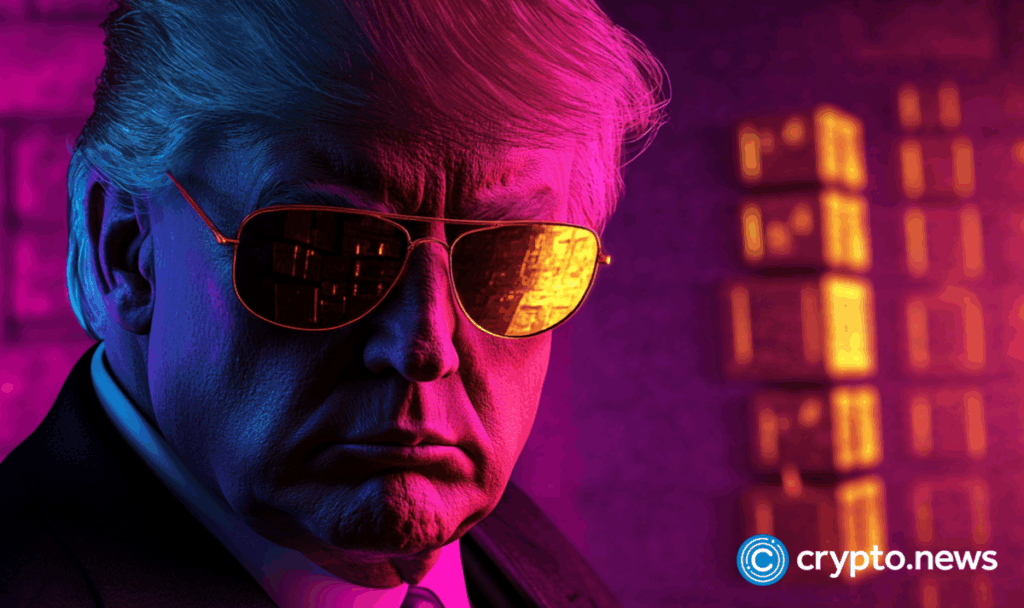Assessing the Impact of the First Pro-Crypto U.S. Administration
July 14, 2025, kicks off Crypto Week in D.C., highlighting the U.S. administration’s ongoing engagement with crypto regulation. As the first pro-crypto government takes charge, the market is experiencing a mix of wins and setbacks.
Rare Wins and Pardons
One significant move by the administration was the pardon of key crypto figures like Ross Ulbricht, the Silk Road creator, and BitMEX co-founders. These actions were well-received by the crypto community, signaling potential support for the industry.
Regulatory Shifts and Initiatives
The SEC, under new leadership, has become more crypto-friendly, fostering a conducive environment for crypto businesses to thrive. The formation of a Crypto Task Force and the involvement of industry experts like Hester Peirce mark a positive shift in regulatory attitudes.
Challenges and Disappointments
Despite some victories, the administration’s execution of certain crypto promises has faced criticism. The creation of a Bitcoin stockpile and delays in regulatory frameworks like the GENIUS Act have left some in the industry wanting more clarity and action.
Expert Commentary by Sam Boolman, ChainIntel’s Lead Analyst
According to Sam Boolman, the U.S. administration’s pro-crypto stance reflects a growing recognition of the importance of digital assets in the modern economy. While there have been commendable efforts to support the industry, challenges in execution and delays in key initiatives highlight the complexities of integrating crypto into traditional regulatory frameworks.
Sam further notes, ‘The evolving regulatory landscape presents both opportunities and hurdles for crypto businesses. Clarity and consistency in regulations are crucial for fostering innovation while ensuring market integrity and investor protection.’
As the industry navigates the changing regulatory landscape, the future of crypto in the U.S. hinges on collaborative efforts between policymakers, industry players, and stakeholders to strike a balance between innovation and compliance.


